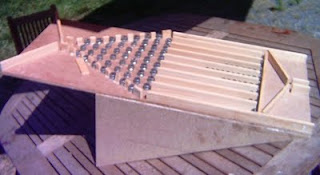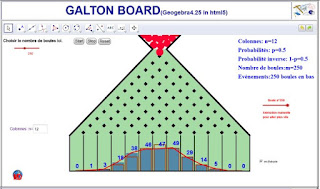

Numerical results concerning a frame structure and a grid structure with uncertain Young’s moduli characterized by imprecise PDFs are presented. The range of the interval failure probability is estimated in terms of the interval reliability index once the bounds of the interval mean-value and variance of the response are evaluated. Interval response statistics are derived as approximate explicit functions of the interval parameters describing imprecise probabilities. The proposed method stems from the application of a ratio of polynomial response surface (Impollonia and Sofi, 2003 Sofi and Romeo, 2018) in conjunction with the classical probabilistic analysis and the so-called Improved Interval Analysis via Extra Unitary Interval (IIA via EUI) (Muscolino and Sofi, 2012). An efficient procedure for evaluating the bounds of such quantities is developed. Due to imprecision in the probabilistic model, the statistics of the response and the failure probability are described by interval quantities. The present study addresses the analysis of structures with uncertain properties modelled as random variables characterized by imprecise Probability Density Functions (PDFs), namely PDFs with interval basic parameters (mean-value, variance, etc.). Generalizations of this approach are also described that allow for dependencies other than independence, completely unknown dependence, and model uncertainty more generally. Moment propagation formulas are simultaneously used to bound mean and variance estimates accompanying the bounds on the cumulative distribution function. Ancillary techniques are also employed, such as condensation, which is necessary to keep the length of the list from growing inordinately in sequential operations, and subinterval reconstitution, which is needed to solve interval arithmetic problems involving repeated parameters.

A Cartesian product of these lists, reflecting both the independence among inputs and the mathematical expression that binds them together, creates another list, which is recomposed to form the resulting uncertain number as upper and lower bounds on a cumulative distribution function. Each uncertain input variable is then decomposed into a list of pairs of the form (interval, probability). The inputs are first expressed as interval bounds on cumulative distribution functions. A variety of complex arithmetic problems can be solved using a single-and fairly simple-approach based on probability bounds analysis.


 0 kommentar(er)
0 kommentar(er)
